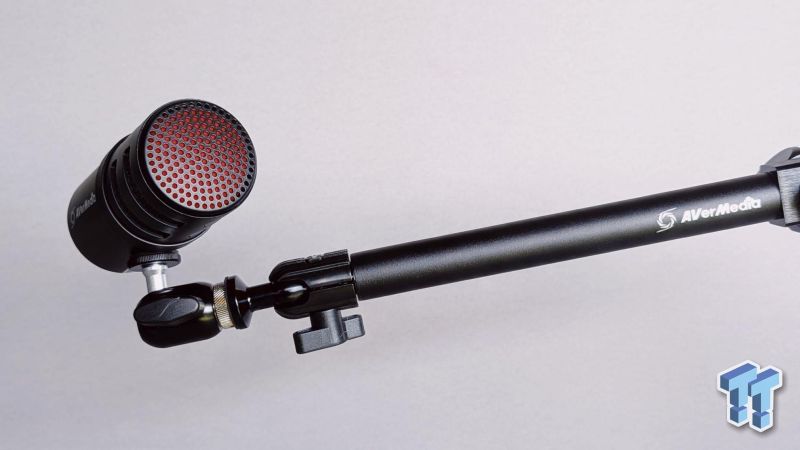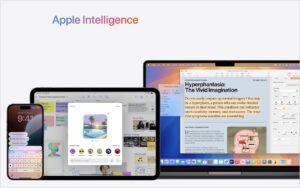
x86 tablets played a prominent role at Computex 2013
Much like the Computexes of the past two years, tablets have been in the spotlight at Computex 2013.
The event’s keynotes, from the likes of ASUS, AMD, and Intel have all been focused on outlining the respective company’s plans to conquer the mobile space. As such, virtually every company that has the mandate and capability to produce tablets have their tablets prominently featured in their booths.
This tablet push comes with a caveat. Microsoft’s Windows RT, its Windows 8 OS designed for the ARM platform — currently ubiquitous in the mobile world — is a no show.
However, x86 tablets that run Windows 8 seem to be everywhere at Computex. Intel’s keynote at Computex — the first official keynote of the show (ASUS did its keynote offsite and a day early) — featured the company’s efforts to bring x86 processors up to ARM’s standards in mobility and power consumption with Haswell.
Can a power efficient x86 processor make Windows RT redundant? Definitely. The point of Windows RT was to bring the Windows ecosystem to the ARM ecoystem, a smart plan on paper but considering the lack of app support due to the different processor architectures not well advised.
More interesting is the general trend of 2-in-1 devices, a notebook and tablet combination, first highlighted by ASUS at its press conference on Monday then Intel’s press conference on Tuesday, to come with Windows 8 and Android. Windows 8 is supposed to be a hardware agnostic platform, capable of supporting any form factor, but manufacturers are choosing to give customers the option of dual-booting Windows and Android instead.
Don’t call it a comeback, but rumour has it that support for Windows RT might materialize when Windows 8.1’s ARM counterpart comes out in the fall along with Qualcomm Snapdragon’s 800 processor — which the company has pledged was designed with Windows RT in mind.
Until then, expect lots of Windows 8 tablets running on power efficient x86 platforms.


